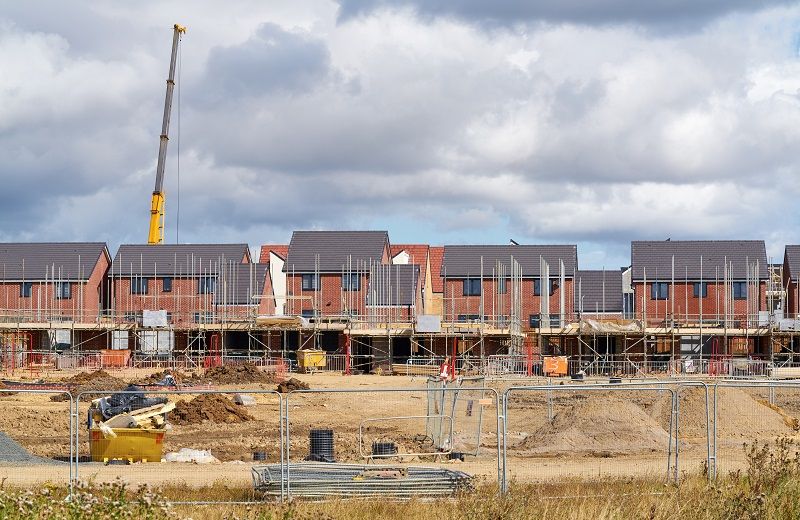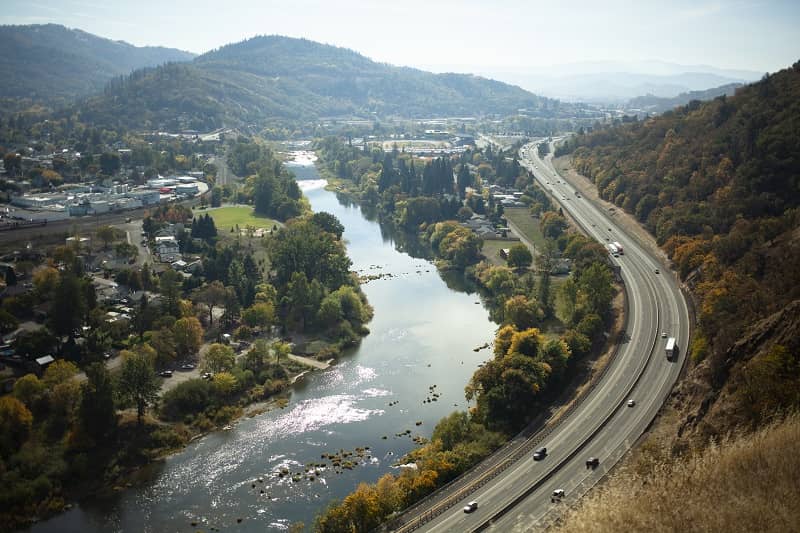By John A. Charles, Jr.
At the February 14 meeting of the State Land Board, the Board voted 2-1 to enter into negotiations with a private consortium to sell 82,450 acres of the Elliott State Forest. Gov. Kate Brown, who was on the losing end of the vote, has ordered the Department of State Lands to come back in April with an alternative plan that would allow for continued public ownership.
Not only is the Governor being petulant, but the alternative she favors has been studied repeatedly since 1995. That was the year that the Board released its first “Draft Asset Management Plan.” The Elliott was then valued at $850 million, but annual revenues were dropping due to rising management costs.
The Land Board was told by a consultant that “selling the Elliott State Forest would be the most effective way to maximize Common School Fund revenues.” The Board is required by the Oregon Constitution to make money on the Elliott because it is an endowment asset for public schools.
Sadly, that recommendation was rejected. Instead, state officials spent the next 20 years engaged in fruitless negotiations with federal regulators regarding compliance with the Endangered Species Act. Every time the Board thought an agreement to cut more timber had been reached, it turned out to be a false summit.
Meanwhile, advocacy groups used the Elliott as a legal piñata. They successfully sued the Land Board so many times that the forest stopped generating any revenue by 2013 and actually became a financial liability for Oregon schools.
The costs of this wait-and-see approach were not trivial. According to a report published by the Board in 2014, the Elliott had cost the Common School Fund $1.4 billion in lost earnings since 1995.
Things actually worsened after the report was published. In 2015 the Land Board decided to finally sell the Elliott; but instead of taking competitive bids, the Board established a fixed price. The Board also downzoned the land by imposing multiple limitations on future timber harvesting.
The result was that the Board received a single offer in 2016, for the state-mandated price of $220.8 million. The net result of 22 consecutive years of public ownership was a loss to the Common School Fund of at least $1.62 billion.
Governor Kate Brown now wants to renege on the sale entirely (despite voting for it in 2015) and use state bonding capacity to “buy out” a portion of the Elliott. This is probably the worst idea yet. The public already owns the forest; why would we want to go into debt buying ourselves out?
While the $220.8 million offer now on the table is a far cry from the $850 million we could have received in 1996, it’s better than hanging on to a dead asset. Secretary of State Dennis Richardson and State Treasurer Tobias Read voted to sell the forest, and that was the appropriate decision. Adding $220 million in new revenue to the Common School Fund endowment will generate many billions of dollars for schools over the next century.
John A. Charles, Jr. is President and CEO of Cascade Policy Institute, Oregon’s free market public policy research organization. A version of this article originally appeared in the Portland Tribune on March 16, 2017.











